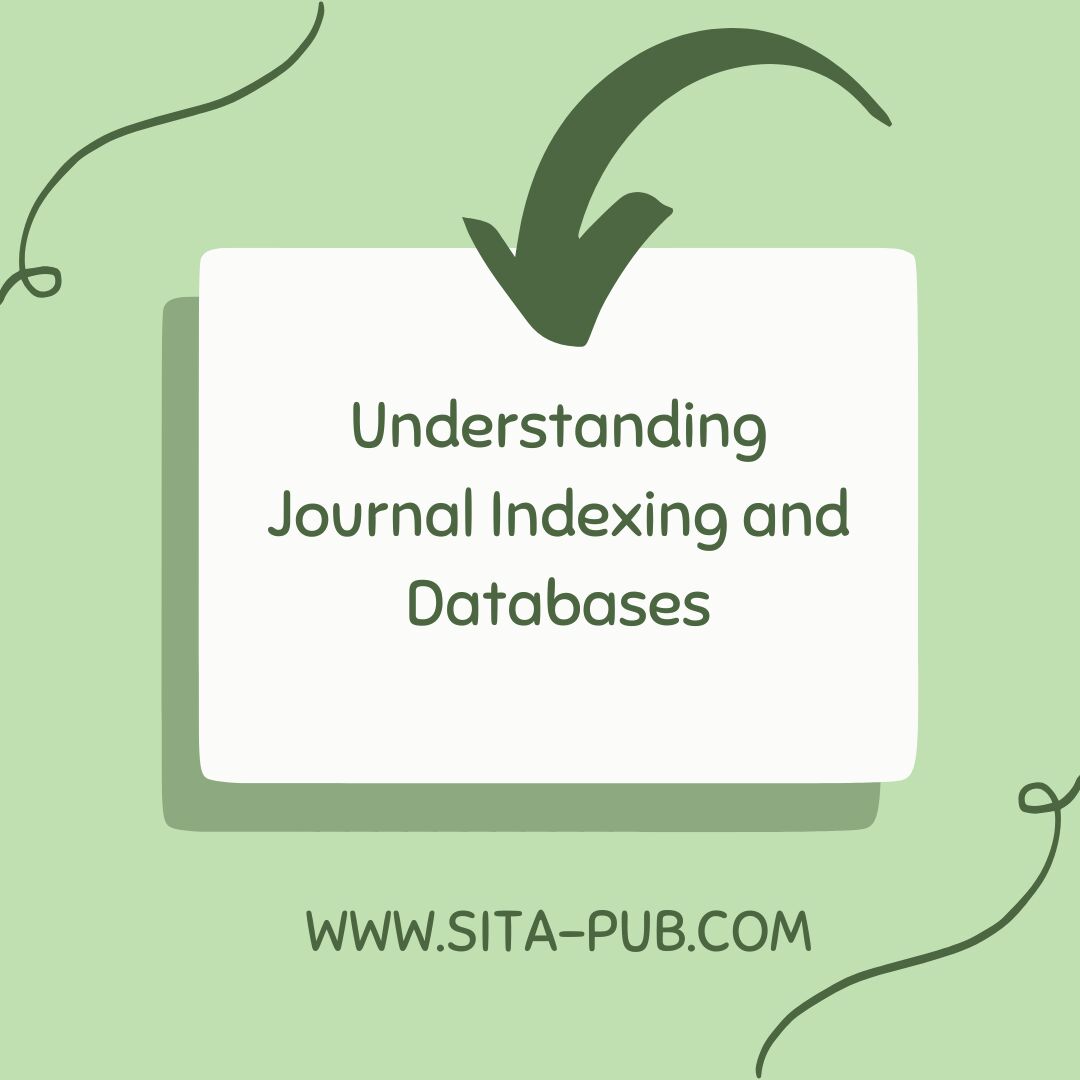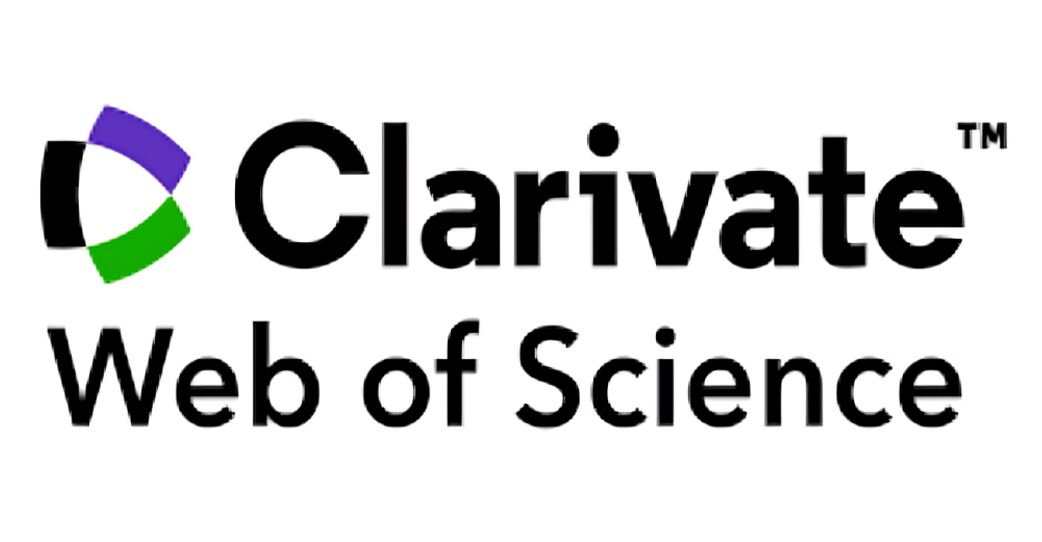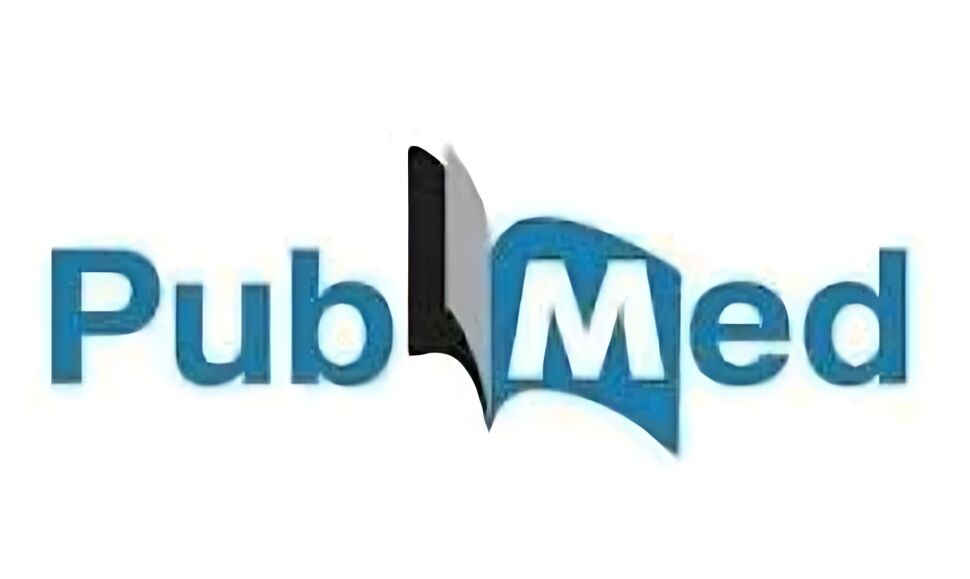Understanding Journal Indexing and Databases


Scopus, a product of Elsevier, is one of the largest abstract and citation databases, covering over 22,000 peer-reviewed journals from more than 5,000 publishers worldwide. With its multidisciplinary coverage spanning the sciences, social sciences, and humanities, Scopus offers researchers a vast repository of scholarly content to explore. The database's robust indexing and citation tracking capabilities allow users to assess the influence and impact of publications within their respective fields, making it a valuable tool for strategic publication planning.

The Web of Science (WoS), maintained by Clarivate, is often regarded as the gold standard in citation databases. The WoS Core Collection indexes over 21,000 high-quality, peer-reviewed journals across various disciplines, from the sciences to the arts and humanities. The platform's rigorous selection process and comprehensive coverage of influential publications make it an indispensable resource for evaluating research impact and identifying top-tier journals for targeted publication.

PubMed, a specialized database operated by the National Library of Medicine (NLM), is a premier resource for researchers in the biomedical and life sciences fields. With over 34 million citations from more than 5,200 journals, PubMed provides comprehensive indexing of the latest research in areas such as medicine, biology, and healthcare. While PubMed may not offer the same level of citation analysis as Scopus or the Web of Science, its deep integration with MeSH (Medical Subject Headings) terminology and its focus on the biomedical and life sciences make it an invaluable tool for conducting thorough literature reviews and staying abreast of the latest developments in one's area of expertise.

For researchers seeking to maximize the visibility and impact of their work, understanding the indexing requirements of these prominent databases is crucial. Each platform has its selection criteria and standards for the journals it indexes, ensuring that only high-quality, impactful research is included.
To be indexed in Scopus, journals must demonstrate editorial rigor, peer-review processes, and adherence to ethical publishing practices. Factors such as citation metrics, publication frequency, and international diversity of the editorial board and authorship are also considered. Ensuring that the targeted journal meets these stringent requirements can increase the chances of a researcher's work being included in the Scopus database, exposing it to a vast global audience.
Similarly, the Web of Science maintains a meticulous selection process, evaluating journals based on factors like citation impact, editorial transparency, and international diversity. Journals that successfully navigate this rigorous process are then included in the WoS Core Collection, granting their published articles the prestigious WoS indexing stamp of approval.
In the case of PubMed, the indexing criteria focus on the journal's biomedical and life sciences relevance, the quality of the peer-review process, and the adherence to ethical publishing standards. Researchers aiming to publish in PubMed-indexed journals must ensure that their work aligns with the database's subject matter and meets the stringent requirements for inclusion.
Scopus and Web of Science offer sophisticated citation tracking and analysis capabilities:
Measure the influence of publications
Identify high-impact journals
Benchmark scholarly performance against peers
Citation reports and h-index calculations in these databases empower researchers to:
Make informed decisions about publication strategies
Identify the most suitable venues for their work
Strategically target journals to maximize visibility and impact
PubMed's features enhance research efforts:
Integration with MeSH terms enables comprehensive literature reviews
Powerful search functionality helps researchers stay up-to-date with the latest developments in their field
Facilitates connections with the broader biomedical research community
By leveraging the unique strengths of Scopus, Web of Science, and PubMed, researchers can:
Strategically position their work for maximum visibility, impact, and recognition within their academic disciplines.

Elevating your research through publication in leading academic journals is crucial in advancing your scholarly career. However, the process of identifying the right publication outlets, formatting a compelling manuscript, and navigating the submission requirements can be daunting. That's where SITA Academy's journal article publication services come in. From journal selection and formatting guidance to rigorous peer review and post-publication promotion, we handle every aspect of the publication process, ensuring your work reaches the right audience and gains the recognition it deserves. Partner with SITA Academy today.
If you have any questions, inquiries, or would like to learn more about our services, please don't hesitate to reach out to us. Our dedicated team is ready to assist you.